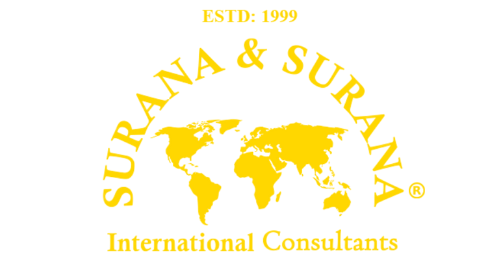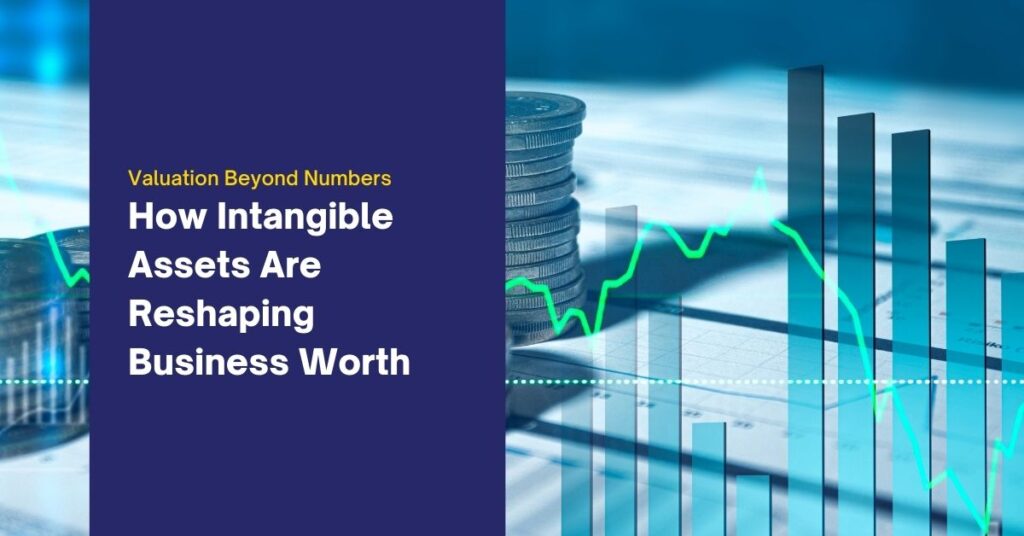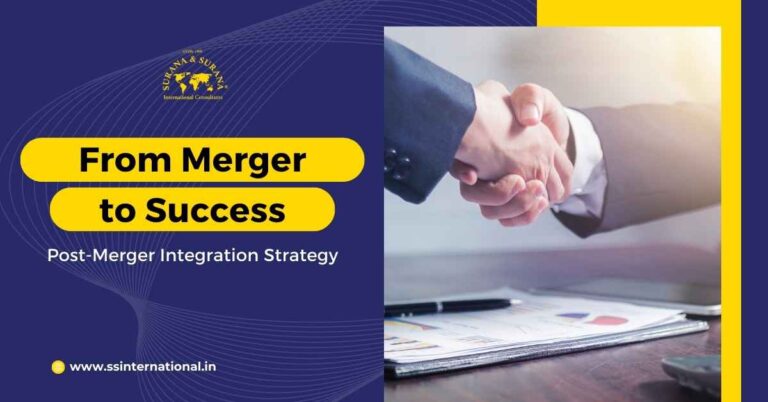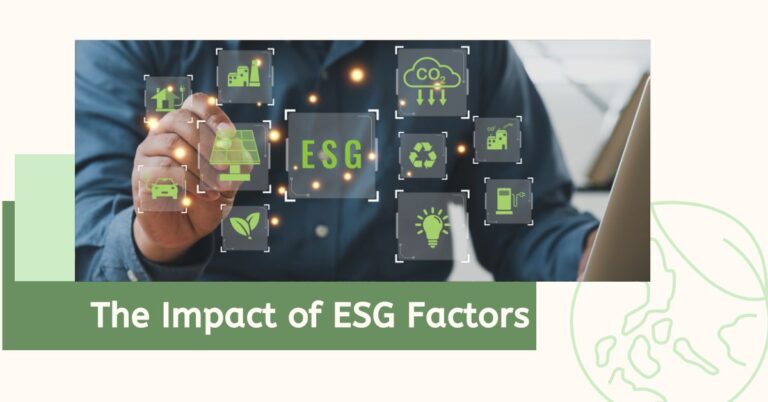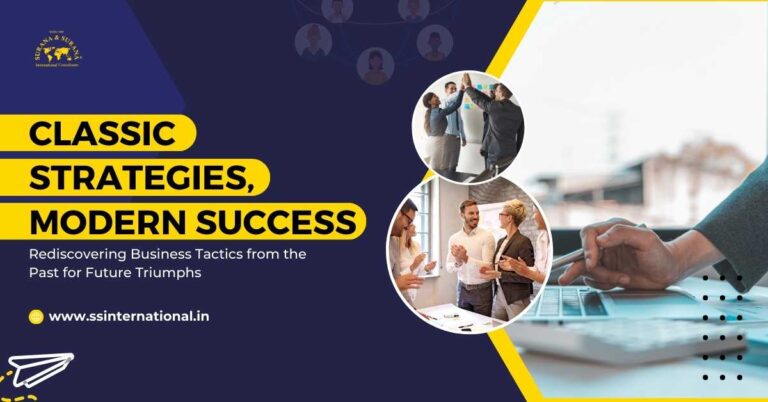In the past, a company’s worth was primarily gauged by its tangible assets—machinery, buildings, inventory, and other physical holdings. These assets were straightforward to quantify and formed the backbone of traditional valuation methods.
However, the business landscape has undergone a significant transformation. In today’s knowledge-driven economy, intangible assets have taken center stage. Elements like brand reputation, intellectual property, customer relationships, proprietary technology, and organizational culture now play a pivotal role in determining a company’s value.
This shift is evident in the composition of major stock indices. For instance, intangible assets now account for approximately 90% of the market value of companies in the S&P 500. This marks a dramatic increase from just 17% in 1975.
Such a paradigm shift underscores the need for businesses, investors, and financial professionals to reassess traditional valuation models. Recognizing and accurately valuing intangible assets is no longer optional—it’s imperative for capturing a company’s true worth in the modern era.
Key Categories of Intangible Assets
1. Intellectual Property (IP):
- Definition: Creations of the mind that are legally protected.
- Examples: Patents, trademarks, copyrights, industrial designs, and trade secrets.
- Why it Matters: IP can create monopoly rights, allowing companies to prevent competitors from using the same innovations, driving competitive advantage and valuation premiums.
- Example: A patented pharmaceutical drug can generate exclusive revenue streams for years, significantly boosting a company’s valuation.
2. Brand Equity and Goodwill:
- Definition: The value derived from a company’s reputation, customer recognition, and emotional connection with its market.
- Examples: Global brand names like Nike, Apple, and Starbucks hold immense brand equity.
- Goodwill: Typically arises during acquisitions when a company pays a premium over the book value of another business, recognizing intangibles like brand reputation, customer relationships, and employee expertise.
- Why it Matters: Strong brands command premium pricing, foster customer loyalty, and can significantly increase market share.
3. Customer and Vendor Relationships:
- Definition: The strength, depth, and duration of a company’s relationships with its customers and suppliers.
- Examples: Long-term supply contracts, exclusive vendor agreements, and loyal customer bases.
- Why it Matters: Recurring revenue from loyal customers enhances revenue predictability and reduces churn risk, which positively impacts valuation models like DCF (Discounted Cash Flow).
4. Proprietary Technologies and Data:
- Definition: Unique technologies, platforms, algorithms, and databases developed internally.
- Examples: A machine learning algorithm developed by a fintech startup, or proprietary customer data analytics tools.
- Why it Matters: Proprietary technologies often create significant barriers to entry for competitors and can be a major source of long-term revenue streams.
5. Human Capital:
- Definition: The collective skills, experience, and intellectual capabilities of a company’s workforce.
- Examples: Leadership expertise, innovative research teams, and strong corporate culture.
- Why it Matters: A highly skilled and motivated workforce drives innovation, operational efficiency, and strategic execution, which in turn enhances company valuation.
Why Understanding Intangible Assets is Critical
- Invisible Drivers of Value: Intangible assets often underpin the majority of enterprise value in knowledge-based sectors like technology, healthcare, and financial services.
- Under-Reported on Balance Sheets: Many internally generated intangibles are not fully reflected under traditional accounting frameworks (e.g., IFRS, GAAP), leading to a gap between book value and true market value.
- Strategic Leverage: Companies that proactively develop and protect intangible assets position themselves for greater competitive advantage and market leadership.
- In today’s landscape, failing to account for intangible assets means missing the bigger picture when assessing a company’s true financial worth.
How Intangible Assets Influence Business Valuation
As businesses evolve beyond the traditional manufacturing and resource-driven models, intangible assets have become central to how companies create, capture, and sustain value. For many of today’s leading companies, intangible assets are not just a complement to tangible assets — they are the primary drivers of valuation.
Here’s how intangible assets meaningfully impact business valuation:
a. Premium Pricing and Revenue Stability
- Impact: Companies with strong brands, proprietary technology, or patents often command premium prices for their products and services.
- Why it Matters for Valuation: Higher pricing power translates into stronger margins, predictable cash flows, and enhanced profitability, all of which contribute to higher valuations under income-based valuation models like Discounted Cash Flow (DCF).
- Example: A brand like Louis Vuitton or a patented biotech product can consistently charge a premium, boosting long-term revenues and margins compared to generic competitors.
b. Investor Appeal and Risk Perception
- Impact: Businesses rich in intangible assets—especially protected intellectual property, customer loyalty, or a trusted brand—are perceived as lower risk by investors.
- Why it Matters for Valuation: Lower perceived risk leads to lower discount rates in valuation models, thereby increasing the present value of expected cash flows.
- Example: Technology firms with proprietary platforms and strong network effects (e.g., SaaS companies) attract higher valuation multiples due to their resilient, recurring revenue streams.
c. Mergers and Acquisitions (M&A) Premiums
- Impact: Intangible-rich companies often command substantial premiums during mergers and acquisitions because buyers are not just acquiring physical assets but valuable intangible capabilities.
- Why it Matters for Valuation: Buyers are willing to pay above market value for unique intangible assets like patents, proprietary software, or powerful brand ecosystems, thereby driving up the target company’s valuation.
- Insight: A significant percentage of acquisition prices in tech, healthcare, and consumer goods sectors are attributed directly to intangible asset portfolios.
d. Building Competitive Advantages and Barriers to Entry
- Impact: Proprietary intangible assets—such as patented technologies, exclusive partnerships, or strong customer loyalty—act as barriers that deter competition.
- Why it Matters for Valuation: Sustainable competitive advantages ensure longer life cycles for profitability and reduce vulnerability to market competition, both of which support higher valuation projections.
- Example: A patent portfolio in the pharmaceutical industry can protect revenue streams for decades, solidifying the company’s market dominance and boosting its long-term valuation.
e. Strategic Flexibility and Innovation Capacity
- Impact: Companies with rich human capital, robust R&D capabilities, and innovative cultures are more adaptable to market changes and technological disruption.
- Why it Matters for Valuation: Flexibility and innovation mitigate future risks and open new revenue opportunities, justifying higher forecasts in valuation models.
- Example: Organizations like Microsoft and Alphabet consistently demonstrate the ability to innovate and pivot into new business lines, sustaining high valuations across economic cycles.
Challenges in Valuing Intangible Assets
While intangible assets have become central to modern business valuation, accurately assessing their worth presents significant challenges. Unlike tangible assets, whose value can often be objectively measured based on cost, depreciation, or market comparison, intangibles are more nuanced and influenced by subjective factors like perception, future potential, and market dynamics.
Here’s a closer look at the key hurdles faced in valuing intangible assets:
a. Lack of Standardized Measurement
- Challenge: There is no universal framework or standardized metric for valuing intangible assets across industries or jurisdictions. Accounting standards such as IFRS and GAAP require recognition of purchased intangibles but often exclude internally developed assets, leading to inconsistencies.
- Impact: Two companies with similarly valuable intangible portfolios may appear vastly different on paper, complicating comparisons and making financial analysis less reliable.
b. Subjectivity and Market Volatility
- Challenge: The valuation of intangibles is heavily influenced by market sentiment, brand perception, and future expectations — all of which can change rapidly.
- Impact: An asset like brand equity can appreciate or depreciate dramatically based on public relations events, market trends, or emerging competitors, creating volatility in perceived value.
c. Difficulty in Isolating Value Attribution
- Challenge: Many intangible assets contribute to business value collectively rather than individually, making it difficult to assign value to each component separately.
- Impact: Separating the contribution of a trademark from customer loyalty, or the impact of proprietary technology from brand recognition, can be highly complex and subjective.
d. Regulatory and Reporting Limitations
- Challenge: Financial reporting regulations often do not fully capture the dynamic value of intangibles unless they are acquired externally. Internally developed intangibles like brand reputation, trade secrets, and organizational culture are rarely reflected on balance sheets.
- Impact: This underreporting creates a significant gap between a company’s book value and its market valuation, requiring investors and analysts to make independent qualitative judgments.
e. Risk of Overvaluation and Greenwashing
- Challenge: In an attempt to boost valuations, companies might overstate the potential of their intangible assets, especially in areas like intellectual property portfolios or ESG initiatives, without tangible proof of value generation.
- Impact: Inflated valuations based on unsubstantiated intangible claims can mislead investors and create market bubbles.
Approaches to Valuing Intangible Assets
Despite the inherent challenges, several methodologies have been developed to estimate the value of intangible assets in a structured, defensible manner. The appropriate method often depends on the nature of the asset, availability of data, and the context of the valuation — whether for investment, sale, litigation, or internal strategic planning.
Let’s explore the major approaches:
a. Cost Approach
Concept:
The cost approach estimates the value of an intangible asset based on the cost required to recreate, replace, or reproduce it with similar utility, adjusted for obsolescence.
Key Methods:
Reproduction Cost: Cost of creating an exact replica of the existing asset.
Replacement Cost: Cost of creating a similar asset with equivalent functionality but potentially improved design or efficiency.
When It’s Used:
When there is limited income history or future projections are unreliable.
For early-stage assets like R&D in progress.
Limitations:
- Does not capture the income-generating potential of the asset.
- May undervalue assets with strong market perception or brand loyalty.
b. Market Approach
Concept:
This approach derives the value of an intangible asset by comparing it with recent sales, licenses, or transfers of similar intangible assets in the marketplace.
Key Methods:
Comparable Transactions Method: Using transaction data of similar assets.
Guideline Public Company Method: Benchmarking against public companies with identifiable intangible value components.
When It’s Used:
When there is a liquid market or sufficient transaction data for similar intangibles.
Limitations:
- Finding truly comparable assets is often difficult.
- Intangibles are highly unique; exact comparability is rare.
c. Income Approach
Concept:
The income approach values an intangible asset based on the present value of future economic benefits (income streams) attributable to that asset.
Key Methods:
Relief-from-Royalty Method:
Estimates what the company would have to pay in royalties if it had to license the asset rather than own it.
Excess Earnings Method:
Isolates the income attributable solely to the intangible asset after deducting returns attributed to other assets.
Multi-Period Excess Earnings Method (MPEEM):
Projects income attributable to the intangible over multiple periods and discounts it to present value.
When It’s Used:
When the intangible asset has a clear link to revenue generation (e.g., patents, customer contracts).
Limitations:
- Requires detailed and reliable future cash flow projections.
- Assumptions can heavily influence the final valuation outcome.
Conclusion: Building and Capturing Intangible Value
The evolving landscape of business valuation makes one reality clear: intangible assets have become the true engines of enterprise value. In a world where intellectual property, brand strength, customer loyalty, innovation capabilities, and human capital often outweigh physical infrastructure, companies must rethink how they assess, nurture, and present their value to stakeholders.
The traditional emphasis on tangible assets is no longer sufficient.
Today’s investors, acquirers, and markets are seeking businesses that demonstrate:
- Strong ownership of IP and proprietary technologies
- Deep brand resonance and customer trust
- Effective management of data and digital assets
- Ethical leadership and sustainable practices
- A culture of innovation and resilience
Companies that proactively identify their intangible assets, invest in their development, protect them through legal and strategic mechanisms, and transparently showcase their value will be the ones to command market premiums and build enduring competitive advantages.
For founders, business leaders, and advisors, the question is no longer whether intangibles matter — it’s whether they are being systematically built, protected, and leveraged.
The future belongs to those who master the invisible drivers of value.
